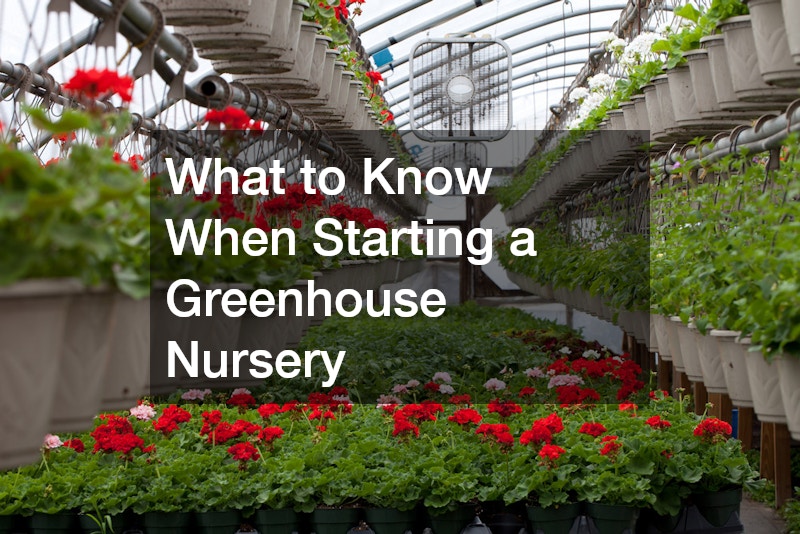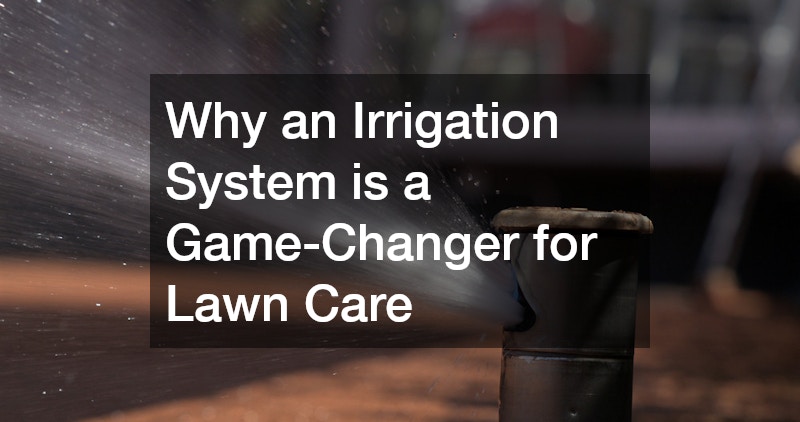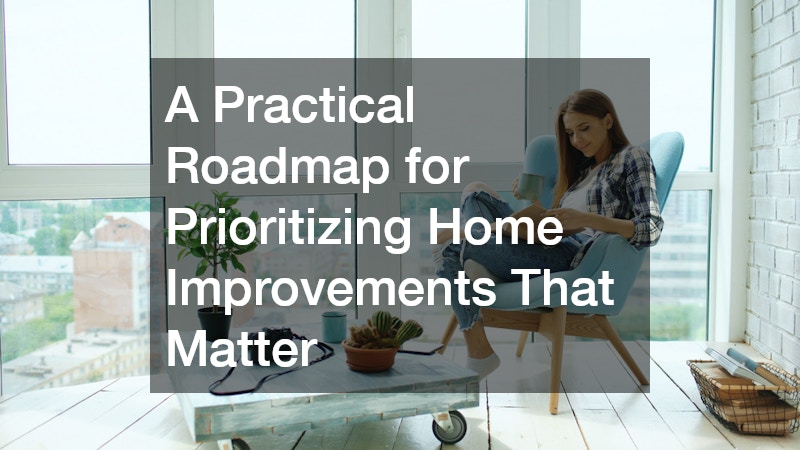Starting a greenhouse nursery can be a rewarding venture, but it also comes with its own set of challenges and considerations. This guide explores essential aspects to help you start your greenhouse nursery efficiently and sustainably.
Choosing the Right Location for Your Greenhouse
Factors to Consider When Selecting a Site
When selecting a site for your greenhouse, it’s crucial to consider factors such as sunlight, accessibility, drainage, and proximity to markets or suppliers. Ensuring your greenhouse receives adequate sunlight throughout the year is paramount for plant growth and overall productivity.
Accessibility is also a key factor, as it affects both the logistics of moving plants and materials and the ease with which customers and suppliers can reach your location. Furthermore, the site’s topography should be assessed for drainage capabilities, especially in areas prone to heavy rainfall, to prevent water accumulation and potential plant damage.
The geographical location of your nursery plays a vital role in the types of plants you can cultivate and the time of year you can operate optimally. Ensuring proximity to your target market and suppliers can reduce transportation costs and enhance your nursery’s profitability. Additionally, selecting a location with minimal exposure to high winds can protect greenhouse structures from potential damage. While urban areas provide access to a larger market, rural areas may offer more affordable land options.
Environmental factors such as local climate conditions and seasonal weather patterns should be considered. Regions with milder climates may allow for reduced heating costs, while areas with severe conditions will require more robust structures. Evaluating the potential for expansion is also important; starting on a site with room for growth can save future headaches and expenses. Ultimately, determining the perfect balance between cost, convenience, and conditions will support the long-term success of your greenhouse nursery.
Determining the Type of Greenhouse Structure
Different Greenhouse Structures and Their Benefits
Greenhouse structures vary in design and material, each offering unique advantages suited to specific needs and climates. Hoop houses, for instance, are cost-effective and easy to assemble, making them a popular choice for many novice growers. Their semi-circular frame allows for excellent snow shedding in colder climates, minimizing the risk of structural collapse. However, they may not provide the same durability as other designs, like the Gothic arch.
Gothic arch greenhouses offer improved wind resistance due to their pointed roof design, which also allows for efficient water drainage. These structures provide more vertical growing space, making them ideal for tall plants and increasing overall plant capacity. Despite a higher initial cost compared to hoop houses, the enhanced durability and longevity of Gothic arch greenhouses can offer a greater return on investment over time.
Lean-to greenhouses are another option, ideal for those with limited space or who wish to integrate their nursery with existing structures. These greenhouses share a wall with a building, which can provide additional insulation and reduce heating costs. Though they require careful planning to ensure sufficient sunlight exposure, lean-to greenhouses offer a compact and efficient solution for small-scale operations. Choosing the right structure depends on several factors, including budget, available space, and intended use.
Understanding Heating and Cooling Systems
Options for Maintaining Optimal Temperature
Explore different methods and technologies for heating and cooling, such as passive solar heating, electric heaters, and ventilation systems, to maintain the ideal environment for your plants. Passive solar heating leverages the sun’s energy by using materials that store heat during the day and release it at night, reducing reliance on external heating sources. This method is environmentally friendly and cost-effective over the long term, provided the greenhouse receives adequate sunlight.
Electric heaters offer precise temperature control, allowing for specific environments tailored to various plant species’ needs. Though they may increase operational costs, particularly in colder climates, their reliability and efficiency make them a common heating choice. Implementing a combination of forced-air systems and heat distribution tubes can optimize even heating throughout the greenhouse.
Ventilation systems are essential for managing cooling during warmer months, preventing excessive heat that can damage plants. Natural ventilation, achieved through adjustable vents and strategically placed fans, can help maintain air circulation and control humidity levels. When designing your greenhouse, it’s crucial to balance heating and cooling methods according to the local climate and your plant requirements, ensuring a stable growing environment year-round.
Management of Watering and Irrigation Systems
Efficient Water Use Strategies
Effective water management is crucial in a greenhouse. Learn about irrigation systems such as drip irrigation, ebb and flow benches, and the importance of water recycling practices. Drip irrigation is highly efficient, delivering water directly to the plant’s roots and minimizing waste through evaporation and runoff. This system is particularly beneficial in water-scarce areas or where precise watering is needed.
Ebb and flow benches utilize a flood and drain approach, allowing plants to absorb water as needed before the benches drain the excess. This method supports healthy plant growth by ensuring roots receive enough oxygen while maintaining consistent moisture levels. Additionally, it can be highly automated, reducing labor costs and streamlining operations.
Water recycling practices can significantly reduce consumption and promote sustainability. Collecting and reusing rainwater or runoff within the nursery helps conserve resources and reduce environmental impact. Implementing these systems demands careful planning and investment, but their long-term benefits, such as cost savings and decreased dependency on municipal water sources, can be substantial.
Establishing a successful greenhouse nursery requires careful planning and understanding of various components. By considering the right location, structure, climate control, and water management, you can create a thriving nursery that not only meets market demand but also supports sustainable practices. The time and effort invested in this planning stage are crucial for overcoming challenges and ensuring your nursery’s financial and environmental resilience. With commitment and the right strategies, your greenhouse nursery can flourish and contribute positively to the local ecosystem and economy.



